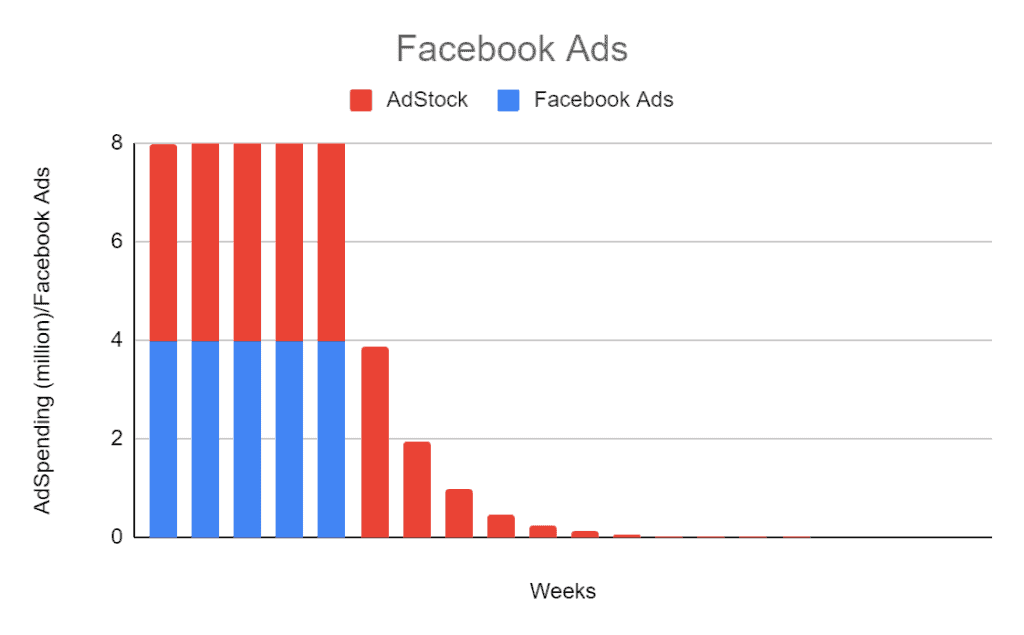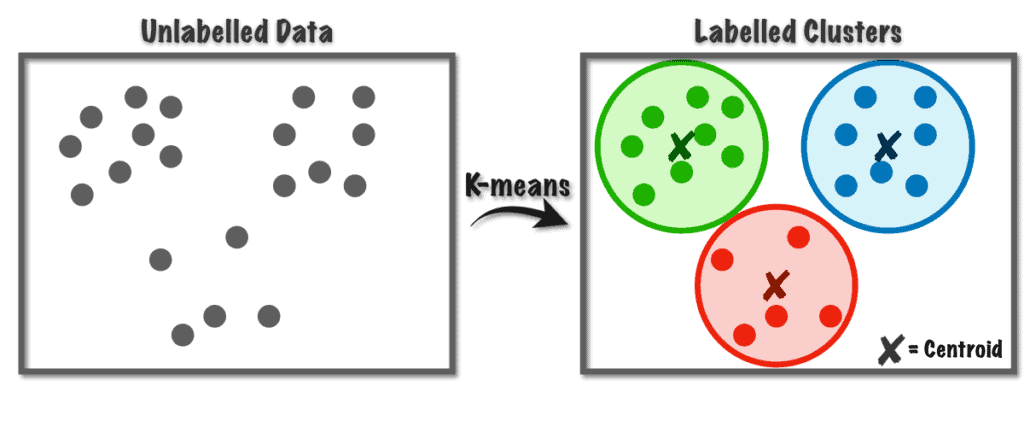Introduction
In the rapidly evolving landscape of marketing, staying updated with the latest terms and concepts is not just an advantage; it’s a necessity. From AI, data science, growth marketing and retention strategies this comprehensive A to Z guide breaks down the technical terms, and provides clear, concise explanations of each term.
A
AB Testing: A/B testing is the simplest type of a controlled experiment. It is a method used to compare two versions (eg. banner, landing page, CTA) to determine which one performs better. In this method, a control group (A) is compared against a variation group (B) by exposing them to different versions of the same variable. The goal is to identify which version produces better results based on a predefined metric, such as click-through rate, conversion rate, or revenue.
Ad Frequency: The average number of times a specific audience view an advertisement advert on paid media over a specific period at campaign level, ad set or advert level.
AdStock (Carry-over Effect): A concept in marketing mix marketing that refers to the prolonged effect of advertising on consumer purchase behavior over time. Learn more about AdStock here

C
CLV (Customer Lifetime Value): The total worth to a business of a customer in the long run (over the whole period of their relationship). The CLV formula is (Average Revenue per User * Gross Margin) / Churn Rate.
Churn Rate: The rate at which customers stop doing business with an entity, indicative of customer retention and loyalty.
D
Diminishing Returns: A principle stating that after a certain point, further investment or effort yields progressively smaller returns. Doubling your budget doesn’t always mean doubling your sales.
E
Erned Media: Marketing traffic or reach gained through word-of-mouth or high quality content going viral.
F
First Party Data: First-party data refers to data a company collects directly from customers and audiences on its own channels. For example email marketing, CRM Data, customer feedback and surveys usually are first party data.
G
Growth Hacking: Growth Hacking is a marketing strategy focused primarily on rapid growth within a short time frame and with minimal expense. It leverages creativity, tools, analytical thinking, and social metrics to sell products and gain exposure. This is particularly popular among startups and small businesses looking for ways to increase their customer base and market share without the significant marketing budgets.
Growth Marketing: Growth Marketing extends beyond the initial focus of growth hacking by incorporating a full funnel, not just the top of the funnel. It’s a holistic approach that looks at the entire customer lifecycle, aiming to not only acquire users but also engage, retain, and ultimately turn them into advocates for the brand. Growth marketing employs a data-driven methodology, relying heavily on A/B testing and multichannel marketing. Unlike growth hacking, which seeks rapid growth at any cost, growth marketing focuses on sustainable growth through continuous learning and optimization of marketing strategies. It’s about understanding the audience deeply, leveraging data to meet their needs, and building long-term retention.
H
Hyperparameter: In the context of MMM, a hyperparameter is a configuration variable that is external to the model and whose value is set before the learning process begins. Adjusting hyperparameters helps marketers optimize the model to accurately predict the effectiveness of marketing tactics on sales or other key performance indicators (KPIs), ensuring the model is well-tuned to the nuances of the marketing data being analysed.
K
K-Means Analysis: A type of clustering analysis that aims to segment n observations into k clusters in which each observation belongs to the cluster with the nearest mean. This is a powerful analysis to create new audiences for marketing purposes and personalisations. In the figure below you see an example of KMeans analysis where each observation is a data point (customer data). KMeans analysis allow us to group customers by similarities (ie. demographics, brand engagement, income status etc.)

M
Mean Absolute Error (MAE): In the context of a linear regression, predicting sales based on media spend, this metric indicates how far off predictions are, on average, from actual sales. It’s often used to measure the accuracy of predictive models. A lower MAE indicates a model that closely predicts sales based on media spend.
Marketing Mix Modeling: Marketing Mix Modeling (MMM) is a statistical analysis technique used to quantify the impact of internal and external factors on revenue and forecast the future impact. By analysing historical data, such as sales and marketing spending across different channels (like TV, digital, print, etc.), MMM helps businesses understand how various elements of the MMM contribute to revenue. In a privacy first era, this holistic econometrics model does not rely on individualised data based on users cookies. MMM uses aggregate data level respecting users privacy.
R
Regression Analysis: A statistical method for estimating the relationships among variables (Y, X). It’s widely used for prediction and forecasting in marketing analytics.
ROAS (Return on Ad Spend): A marketing metric that measures the efficacy of a digital advertising campaign. ROAS = (revenue attributable to ads / cost of ads) x 100
ROI (Return on Investment): Advertising ROI it is used to evaluate the efficiency or profitability of an investment. When measuring advertising ROI or LTV, we should use Gross Profit instead of Revenue in the formula. To obtain the gross profit, all variable costs must be subtracted from the revenue. These are costs that grow with sales, excluding marketing costs.
ROI = Gross Profit / Cost of investment x 100
R square (R²): A statistical measure that represents the proportion of the variance for a dependent variable that’s explained by an independent variable or variables in a regression model.
S
Saturation (Shape Effect): In marketing, it refers to the point at which an increase in advertising no longer significantly boosts consumer interest or sales. It is an external factor and componentof the Marketing Mix Modeling.
Seasonality: The presence of variations that occur at specific regular intervals less than a year, such as quarterly, monthly, or based on seasons. This is a factor and external component of Marketing Mix Modeling.
Spark Ads: An advert type on TikTok that allows brands to boost organic posts made by creators, turning them into sponsored content.
T
Time Series: A sequence of data points typically measured at successive time intervals. In marketing, it’s used to analyze trends over time for forecasting in data science for example.
Z
Z Score (Pandas): In Pandas, the Z score, also known as standard score, is a measure of how many standard deviations a data point is from the mean of a dataset. It helps to identify outliers in the data. You can calculate the Z score for a Pandas DataFrame column using the zscore() function from the scipy.stats module. Learn more about Z Score Standardisation here.
__________________________________________________________________________________
Did you find this blog post useful? Do you have any questions? I am happy to schedule a virtual coffee with you 🙂 ☕
Bibliography
Coleman, Alex (2016, Sep. 30). The Path to Purchase in the Context of Time [Web Log Post]. From https://www.wolfgangdigital.com
Danaher, P. (2017). Advertising effectiveness and media exposure. In Wierenga, B. & van der Lans, R. (2017) Handbook of marketing decision models. International Series in Operations Research & Management Science 254. NY: Springer.
Franco, G. (2022, February 18). How to Marketing Mix Modeling (MMM) with Excel — Intro. Cassandra.
GoPractice, Editorial. (2023, April 19). How to calculate unit economics for your business.
Taylor, M. (2023). Marketing Mix Modeling in 7-18 Weeks. VexPower.
Walentosky, M. (2022, September 27). Marketing Mix Modeling (MMM) Explained. Bounteous.



Leave a Reply